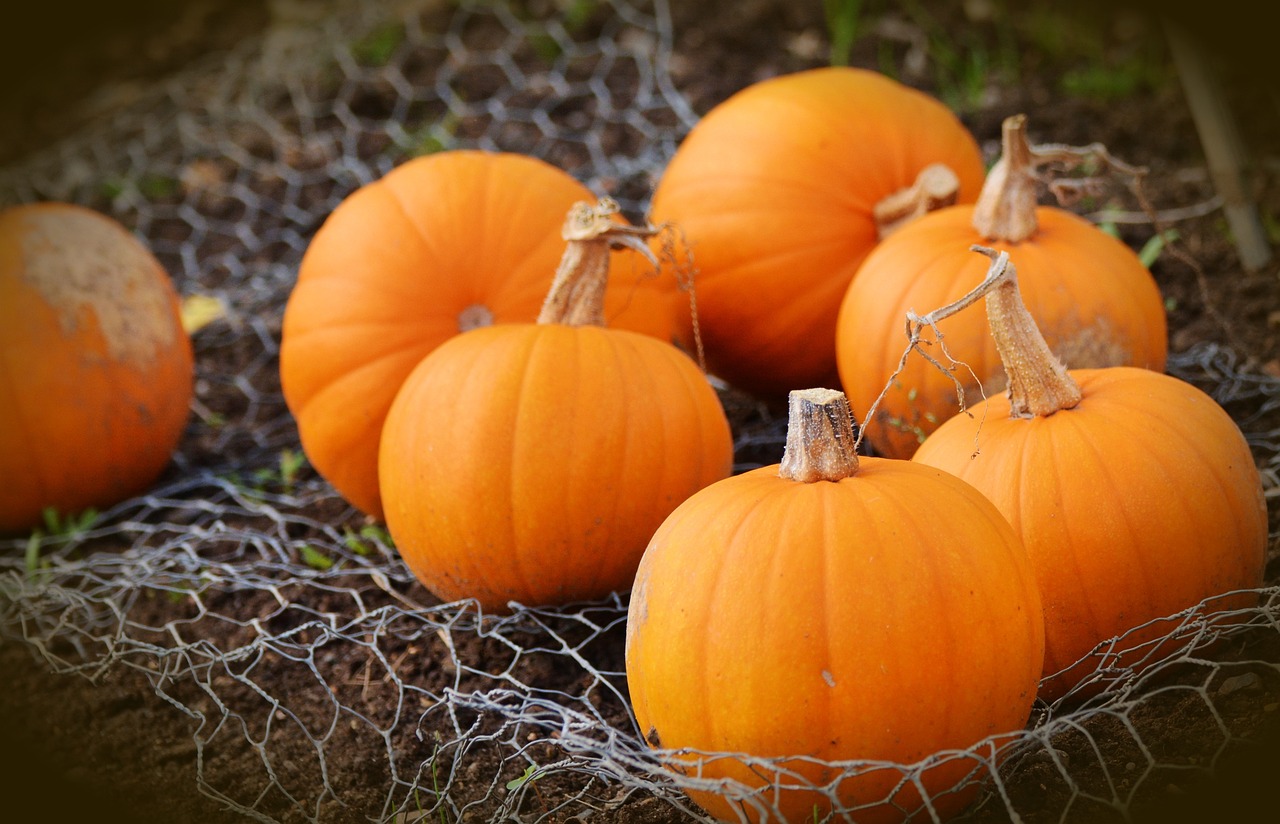
There has always been a debate surrounding whether pumpkins should be classified as a vegetable or a fruit. The answer may come as a surprise to some as pumpkins are actually considered a fruit. This is due to the fact that they develop from the ovary of a flower and contain seeds. However, they are commonly referred to as vegetables due to their usage in savory dishes.
Apart from settling this age-old debate, pumpkins are also known for their numerous nutritional benefits. They are an excellent source of vitamins A and C, potassium, and fiber. Additionally, they contain antioxidants and are low in calories, making them a healthy addition to any diet.
Pumpkins also display their versatility in the kitchen as they can be roasted, pureed, mashed, or used in soups, stews, and even desserts! Their subtle sweetness adds a unique flavor to any dish and is especially popular during fall season.
The pumpkin spice craze that has taken over in recent years has only added to the popularity of this fruit/vegetable. From lattes to muffins, there seems to be no limit to the creative ways in which pumpkins can be incorporated into our favorite foods.
Overall, pumpkins may continue to cause confusion in the categorization department, but there is no doubt about the numerous benefits and delicious flavor they bring to the table.
The Debate: Vegetable or Fruit?
When it comes to the great pumpkin debate, many people have long questioned whether pumpkins should be considered a vegetable or a fruit. While technically classified as a fruit due to their development from the ovary of a flower and the presence of seeds, pumpkins are often thought of as a vegetable due to their culinary usage in savory dishes.
This confusion is not uncommon with other fruits and vegetables as well, such as tomatoes and avocados, which are also technically fruits but are commonly used in savory dishes and referred to as vegetables. Despite the labeling debate, pumpkins remain a popular and versatile ingredient in both sweet and savory recipes. From pumpkin pies and muffins to soups and stews, pumpkins can be enjoyed in a variety of ways.
Whether you consider them a fruit or vegetable, one thing is certain – pumpkins are packed with nutrients. They are an excellent source of vitamins A and C, potassium, and fiber. They also contain antioxidants and are low in calories, making them a healthy addition to any diet. So, the next time someone asks you whether pumpkins are a fruit or vegetable, you can confidently say that they are technically a fruit, but can be used as a vegetable in cooking.
Nutritional Benefits of Pumpkins
Pumpkins are widely recognized as a healthy food choice, and for good reason. They are packed with essential nutrients, making them a valuable addition to any diet. Pumpkins are an excellent source of vitamins A and C, which are important for maintain good eye health, immune function, and skin health.
In addition to vitamins, pumpkins also contain high levels of potassium, which can help regulate blood pressure and reduce the risk of strokes. They also contain fiber, which aids in digestion and helps to promote a healthy gut. Pumpkins are also rich in antioxidants, which can help protect the body against damage caused by free radicals.
Despite their many health benefits, pumpkins are also low in calories, making them an ideal food for those looking to maintain a healthy weight. They can be easily incorporated into a variety of dishes, and their subtle sweetness makes them a great ingredient in desserts.
Overall, whether considered a vegetable or a fruit, there is no denying the nutritional value of pumpkins. They are a tasty and healthy addition to any diet, and offer a wide range of health benefits that make them a true superfood.
Versatility in Cooking
Pumpkins are a versatile ingredient that can be used in a variety of dishes. They can be roasted, mashed, pureed, or used in soups, stews, and baked goods. One of the great things about pumpkins is their subtle sweetness which makes them perfect for desserts as well. From pumpkin pies to pumpkin spice lattes, there is no shortage of tasty pumpkin-infused treats.
Pumpkins can also be used in savory dishes. They can be roasted and seasoned with herbs and spices or used as a base for stews and soups. Pureed pumpkin makes a great ingredient in creamy sauces and casseroles. It can also be used as a healthy substitute for cream or butter in certain recipes.
In addition to their versatility in the kitchen, pumpkins are also a healthy addition to any diet. They are low in calories and high in fiber, making them great for weight management. They are also an excellent source of vitamins A and C, which are important for maintaining healthy skin and immune function.
Whether you are looking for a sweet or savory dish, pumpkins are the perfect ingredient to add some flavor and nutrition to your meals. So next time you see a pumpkin at the grocery store or farmer’s market, don’t be afraid to experiment and try out some new recipes!
Pumpkin Spice Craze
There’s no denying the popularity of pumpkin spice-flavored foods and beverages during the fall season. From lattes to pastries, everything gets a pumpkin spice twist. The craze started with the Starbucks Pumpkin Spice Latte, which has since become a yearly tradition for many people.
In recent years, the pumpkin spice craze has gone beyond coffee and permeated other food items, such as cereal, granola bars, and even beer. Consumers can now indulge in pumpkin spice products ranging from sweet to savory.
While some people may criticize the trend as being overly hyped, there’s no arguing that pumpkin spice has become a beloved part of autumn culture for many. It’s a flavor that evokes feelings of warmth and nostalgia, making it a perfect addition to festive gatherings and cozy nights in.
So, whether you love it or hate it, pumpkin spice is here to stay. And with the many health benefits of pumpkins themselves, incorporating this flavor into your diet during the fall season can be a tasty and nutritious choice.
